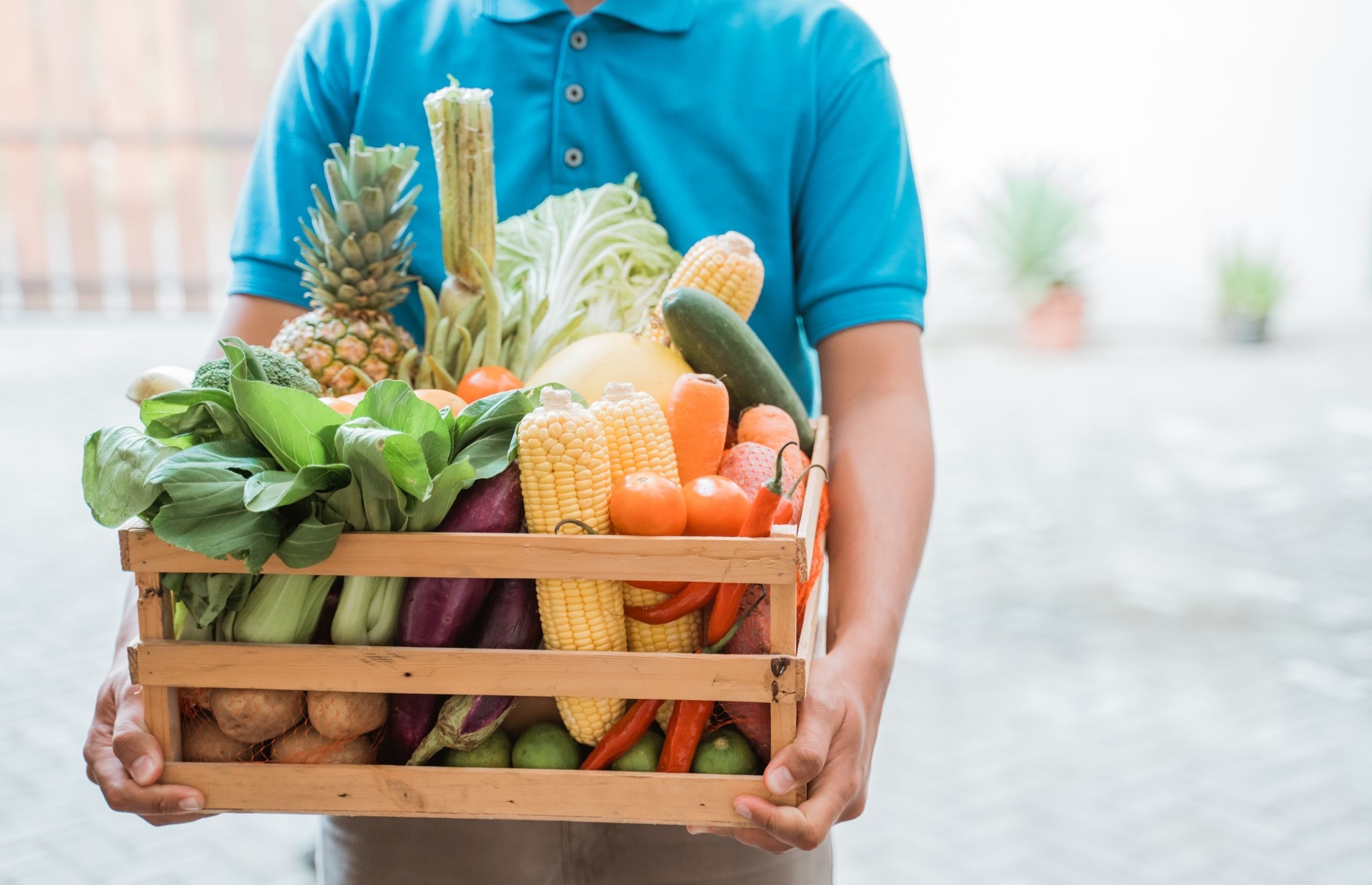The belief that natural and natural practices produce tastier, more nutritious, healthier ingredients continues to germinate in key customer demographics’ minds. The result has created a pervasive and enduring fashion that spreads to, in reality, every corner of the food and beverage industry. According to Affluent Food Shoppers, wealthy Americans are some of the most influential and active members inside the herbal and natural grocery stores, a brand new document by market studies firm Packaged Facts.

Packaged Facts’ purchaser survey records observed that prosperous food shoppers are increasingly moving toward eating extra natural and herbal ingredients. They are more likely than non-affluent meal consumers to reply that they’re ingesting additional natural or natural licensed foods compared to 3 years ago. They are more likely to ward off ingredients with artificial components. “Affluent meal buyers are interested in the meals tradition and purchasing experience supplied by way of stores within the natural channel,” says David Sprinkle, studies director for Packaged Facts.
“They are much more likely than their non-affluent counterparts to store at Whole Foods or Trader Joe’s or impartial natural meals stores, community co-ops, farmers markets or uniqueness, and gourmet stores.”
Packaged Facts advises that grocers can improve their outreach to prosperous customers by reflecting the values of the natural channel due to these propensities. This method promotes values that include truthful alternatives, neighborhood sourcing, sustainably grown merchandise, humane treatment of animals, and easy labeling. It also approaches sporting manufacturers that align with the mindset of prosperous meal customers. For instance, brands assembly the expectancies of successful food customers regularly have a philanthropic picture and often signify their ingredients and products with phrases along with” “sincere”,” “genuine”,” “depended on o”,” “greatest”,” “most up to date,”,” natural”,” “our”,” “actual”,” an” “safe”.” “Since affluent food shoppers are much more likely to buy natural sparkling and frozen meals, shops must provide a full range of alternatives for this class,” says Sprinkle.
About the Report
Affluent Food Shoppers specializes in food buying and shopping for prosperous meal buyers, defined as those with family earnings of $ hundred fifty 000 or more. Wealthy food buyers are also segmented into mass successful meal buyers, with a household income of $ hundred and fifty 000–$249,999, and enormously successful meal consumers, with $250,000 or more. The file includes an overview of topline opportunities within the affluent meals consumer segment, an in-depth evaluation of the food purchasing styles of rich meals
consumers, profiles of their demographic traits and attitudes toward meals, and an analysis of the channel alternatives, in-shop conduct, and brand possibilities of prosperous food customers when it comes to organic food versus non-organic food, one of the most important questions that most diet-enthusiasts and food curious people want to ask is how to tell the difference. In other words, how do we identify or differentiate organic food from conventional food? Frankly and honestly, there’s to tell the difference between organic
and traditional food. We must rely on the people selling us the food to be truthful. Luckily for us, however, there is hope in the form of labeling, which tells us which foods are organic and which aren’t in the USA; the USDA requires farms to follow strict guidelines to be certified as organic. Over and above this legislation, private organic farmers associations have their brand of certification. The common factor among these is that besides the accreditation, they also have seals with which they stamp foods and food products.





